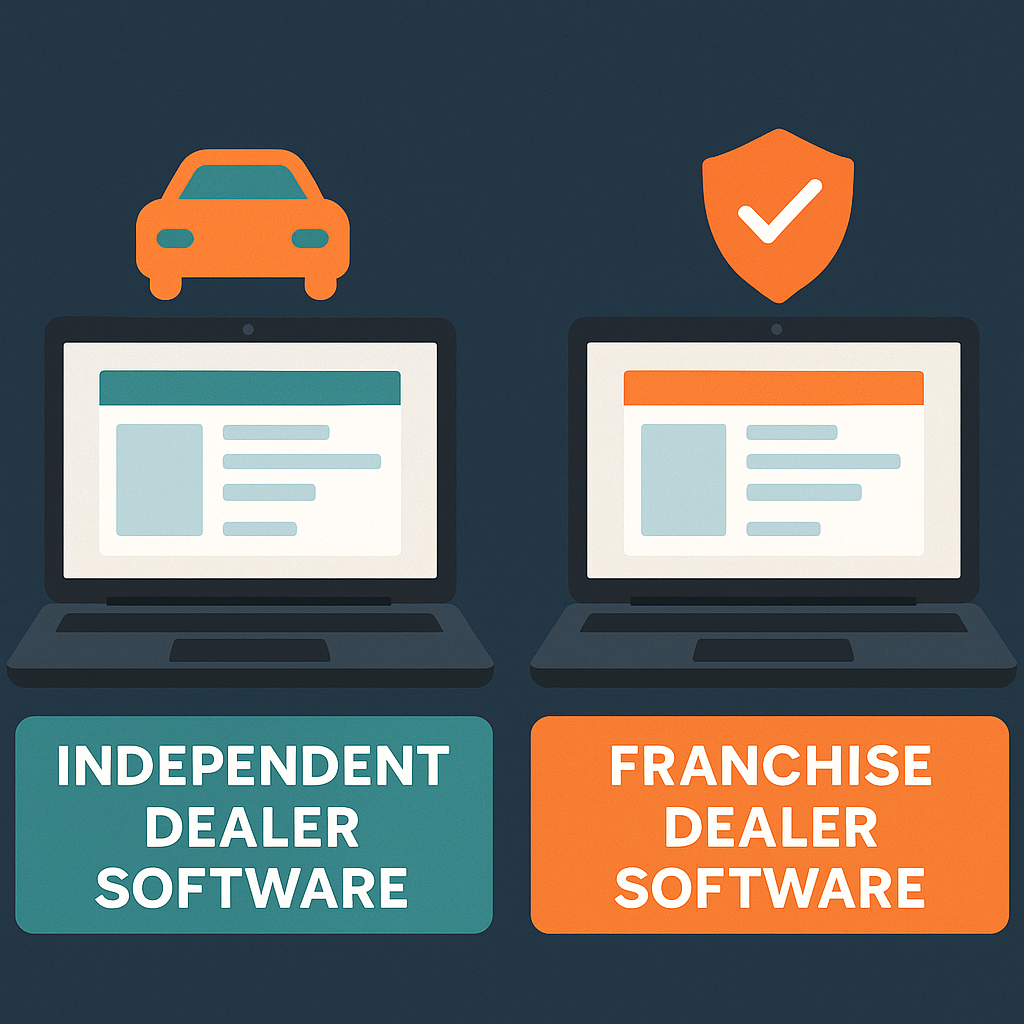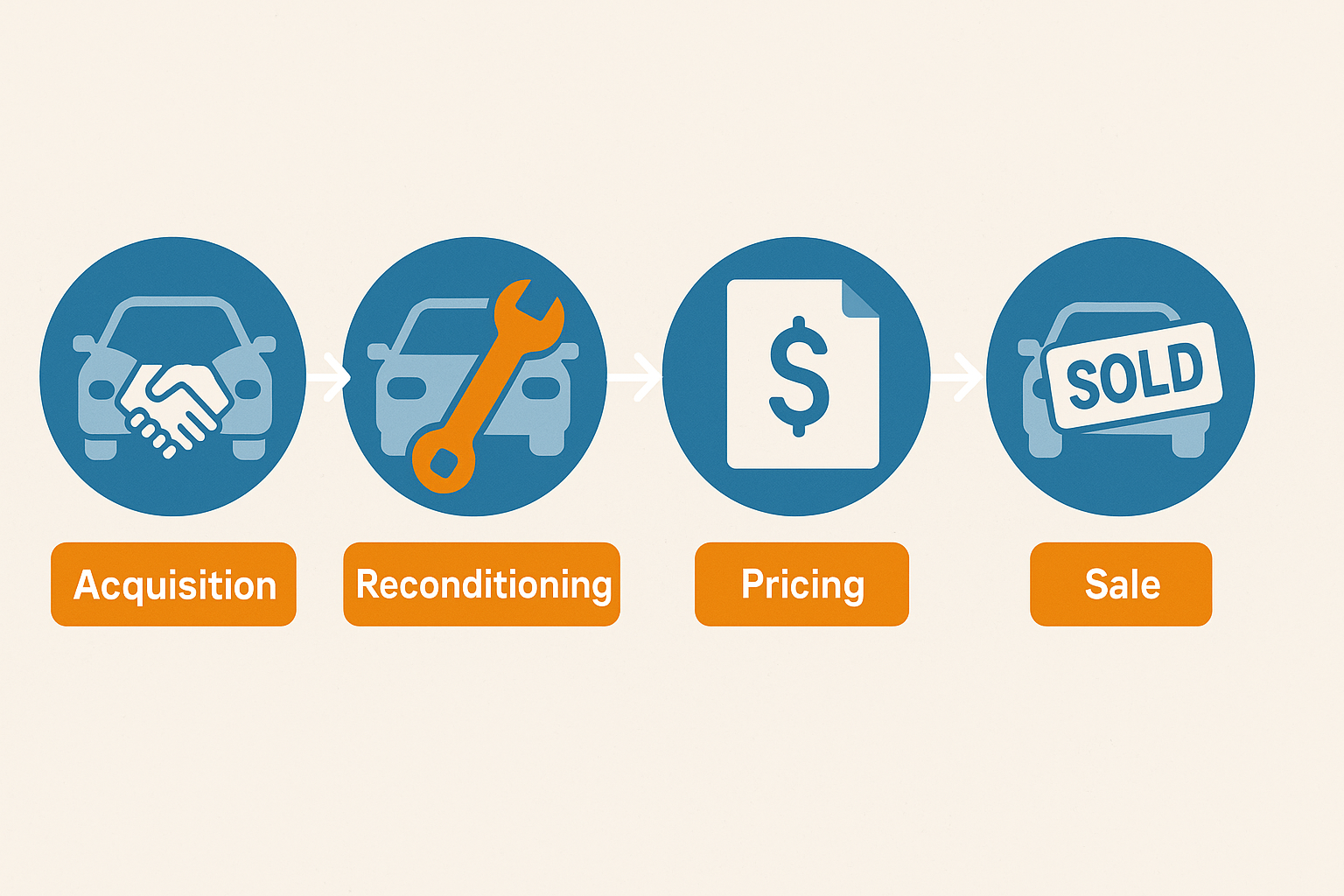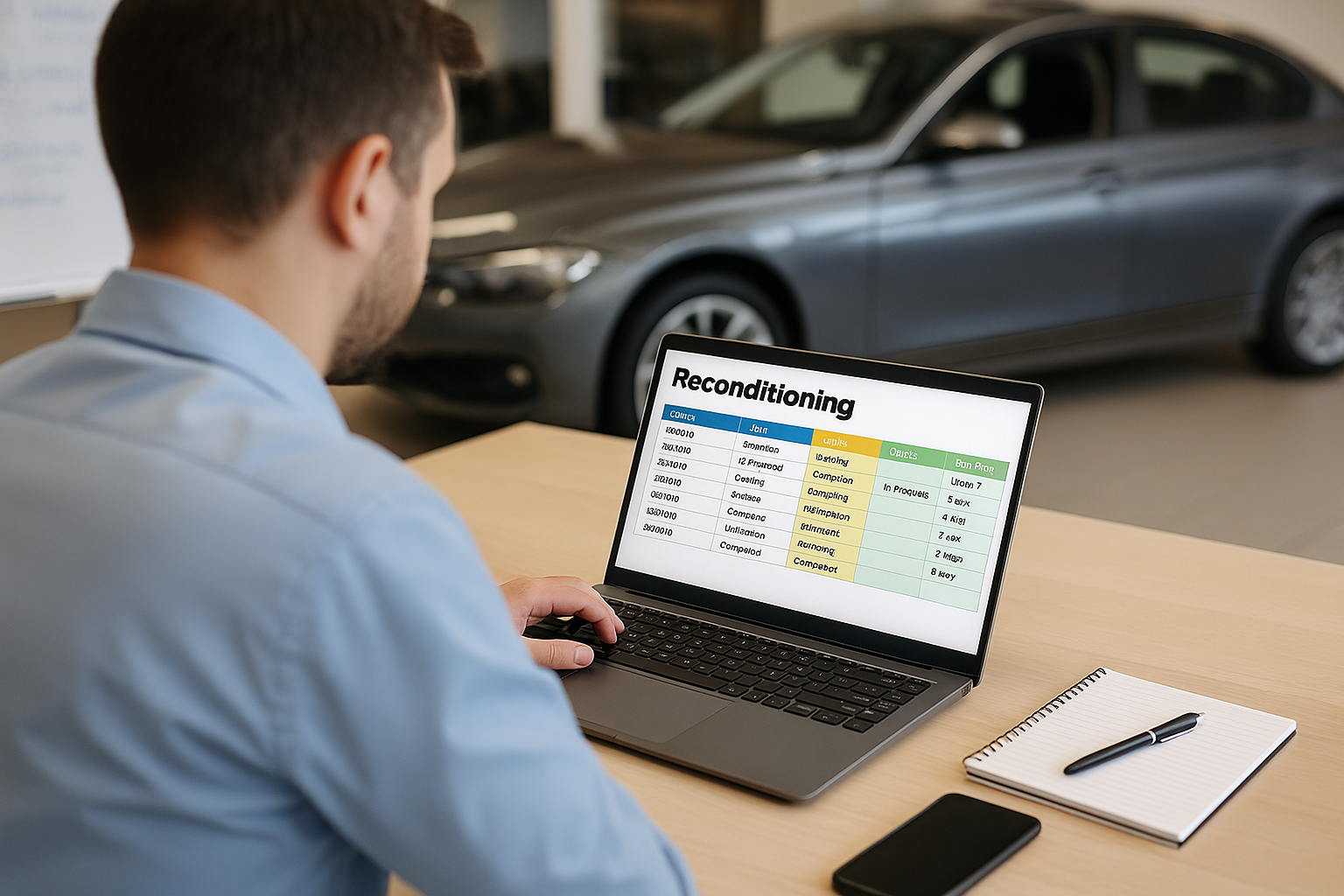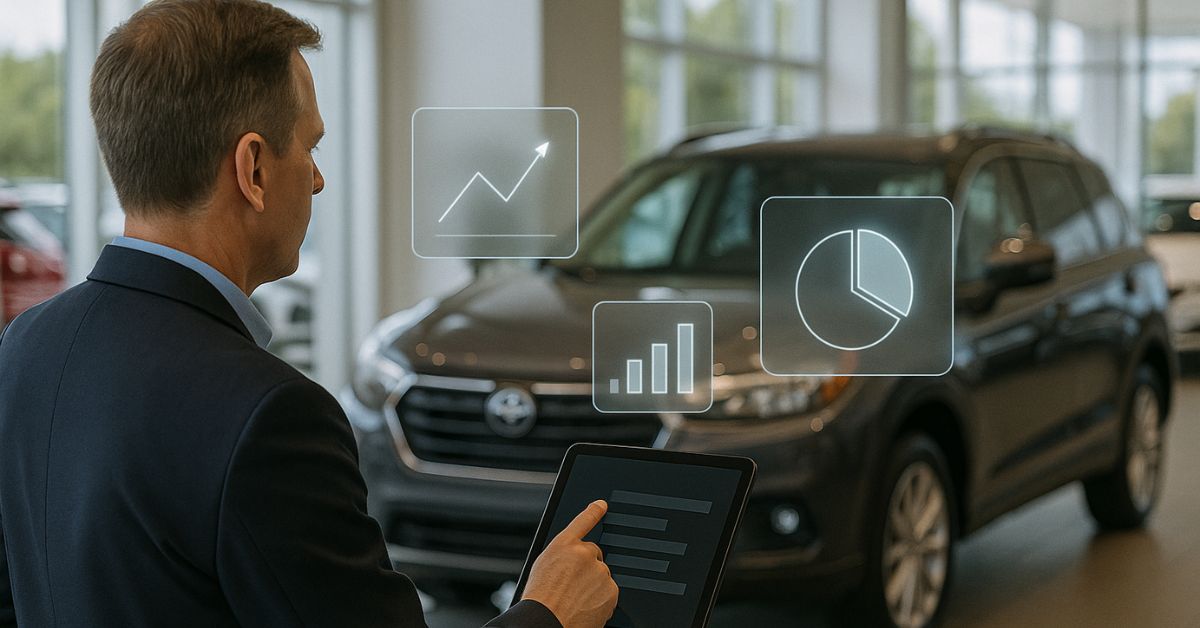With a market that’s been filled with ups, downs and everything in between the last few years, it’s no wonder vehicle profit margins have been hard to maintain for dealers.
Changing demand, shifting supply, rising wage and labor costs, altered consumer expectations via technology disruption and — to top it all off — an economy that has had more than a few bumps in the road. There has been a lot out of the dealer’s hands the last few years, making it difficult to make good buys, appraise and price with accuracy, sell quickly, and take advantage of the market’s ups and downs.
Those who have weathered the storm have focused on several things to gain back some control over the “uncontrollable” in the economy, as well as modernize their dealership to prevent costly mistakes they made early on in this new normal.
In this quick guide, we will explore the factors that influence the average profit on used cars and provide strategies for car dealers to maximize their profit margins in this competitive industry.
Understanding Your Market
The used car market is a dynamic and multifaceted industry that caters to a diverse customer base with varying preferences, budgets, and needs. To thrive in this market, car dealers must have a deep understanding of several key factors:
- Local Market Demand: It’s essential to monitor local and regional market trends. While book values are important to underwriting and financing the deal, the local market puts you in the shoes of your buyers. Are you 10% higher than your competitors when buyers look at your site? Are your sales team members constantly losing deals when a consumer opens their phone and looks for a better option after a test drive? When was the last time you checked for sale by owner ads in your area to put yourself in your buyers’ shoes? If you’re struggling with these problems, it’s important to use live market data to stay competitively priced. (You can get a free analysis of your frontline inventory here and see how competitively you’re priced using Carketa’s market data.)
- Pricing: Accurate pricing is crucial. Overpricing can deter potential buyers, while underpricing can eat into your profits. Utilize pricing tools and market data to determine competitive and fair pricing.
- Vehicle Condition: The condition of your used cars significantly impacts profit potential. Regular maintenance and detailing can enhance the perceived value of your vehicles, allowing you to command higher prices. Consider providing more detail on your website about the work you’ve done in your reconditioning process. (For example, a detailed condition report can display the quality of your work compared to other dealers in your area and differentiate your vehicles for online shoppers.)
- Market Timing: Timing is key. There are very few dealers who haven’t been burned in the last few years by Teslas, for example, when the manufacturer drops prices or the national demand goes down. The value of a car can fluctuate depending on the season, economic conditions, and other external factors. Being aware of these fluctuations can help you make informed pricing and stocking decisions. Carketa’s Appraisals tool allows you to see the national price trends for each VIN you search, not just the trends in your local market, so you can see what macro trends may be a factor.
- Competitor Analysis: Keep an eye on your competitors. Understanding their pricing strategies and inventory can give you a competitive edge. Offering unique features or services can differentiate your dealership from others.
9 Strategies to Maximize Profit Margins
Now that we’ve covered the basics, let’s delve into strategies for maximizing profit margins on used cars:
- Acquiring Inventory: Money is made in the buy — it’s an adage for a reason. Source vehicles wisely and from multiple sources. Very few dealers are relying just on Simulcast or in-person auctions — they’re scouring it all and, of course, leveraging trade-ins too. Consider auctions, trade-ins, private sellers/FSBO listings, and lease returns. The easiest way to maximize profit margins is to turn vehicles quickly. Freeing up your capital to make another buy and turn it into profit is vital. It helps you absorb potential bad buys if you’re turning more inventory.
- Vehicle Inspection and Reconditioning: Invest in thorough vehicle inspections and reconditioning. Address any mechanical issues, cosmetic imperfections, or safety concerns. A well-maintained vehicle can command a higher price and build trust with customers.
- Pricing Strategies: Determine the optimal pricing strategy for your dealership. While market-based pricing is generally recommended, consider options such as premium pricing for exceptional vehicles or value pricing for quick sales.
- Marketing and Advertising: Invest in effective marketing and advertising campaigns. Highlight the unique selling points of your vehicles, such as low mileage, one-owner history, or exceptional maintenance records. Leverage online platforms and social media to reach a broader audience.
- Negotiation Skills: Train your sales team in negotiation techniques. Effective negotiations can lead to higher selling prices.
- Offer Warranties and Service Contracts: Offering extended warranties or service contracts can provide peace of mind to buyers and allow you to charge higher prices for your vehicles. Make sure to explain the benefits clearly, and incentivize your sales team clearly on these backend products. They add margin for the dealership and can be pushed aside in the sales process if the team doesn’t have a clear path to making more money by talking through them.
- Financing Options: Provide flexible financing options to cater to a wider range of customers. Partner with lenders to offer competitive interest rates and terms.
- Customer Service: Exceptional customer service can lead to repeat business and positive referrals. Go the extra mile to make the buying process smooth and enjoyable for your customers.
- Data Analytics: Utilize data analytics to track sales trends, inventory turnover rates, and customer preferences. This information can help you make informed decisions about pricing, stocking, and marketing strategies.
Profit margins on used cars can be lucrative for car dealerships willing to invest time, resources, and expertise in this market. By understanding the nuances of the used car industry and implementing effective strategies, dealers can not only increase their profits but also build a loyal customer base.
Remember that the key to success lies in the quality of your inventory, pricing accuracy, and exceptional customer service. Stay informed, adapt to market changes, and continuously refine your approach to remain competitive and profitable in the ever-evolving world of used car sales.
Explore related articles to learn more about software solutions for car dealerships:






